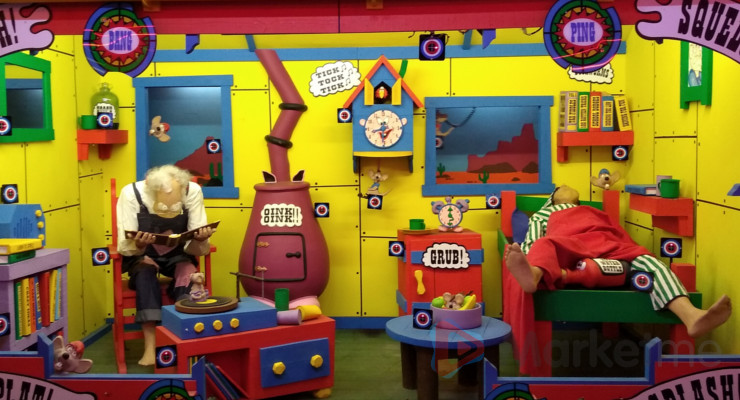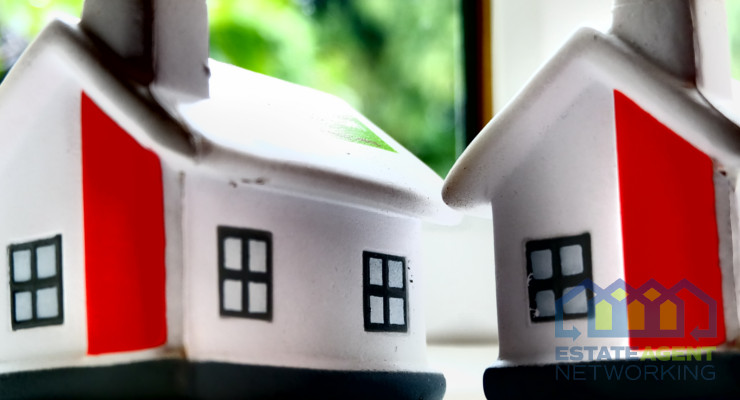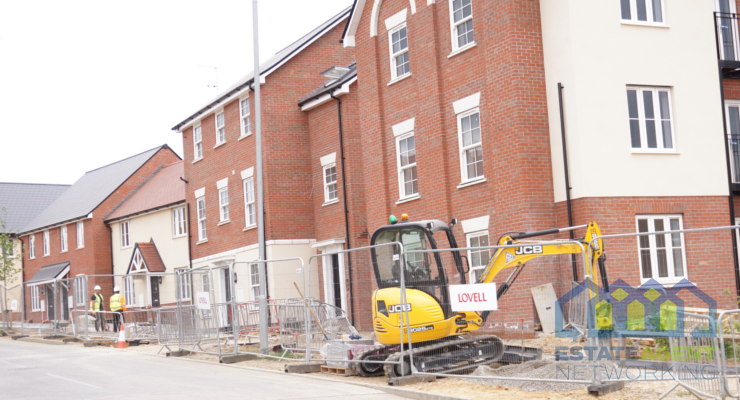How to Increase the Appeal of Your Home’s Interior when Selling
When people are looking to buy a new home, whether they’re buying a single-family home or a flat, the first thing they look at is the condition inside. That’s why it’s vital you increase the appeal of your home’s interior. A bad floor or cracked countertops will draw attention away from the actual value of the property and will likely result in no deal being offered.
Consider the Home’s Nature
When you buy a home, you want to put your personal stamp on it. That’s just human nature. But what you see as comfortable or stylish, the next person won’t. It also doesn’t help if your décor is mismatched with the home’s natural style. For instance, trending contemporary design doesn’t always help. So while you should modernize a home as much as possible, sometimes preserving the original style is necessary. For example, when redecorating a lakeside hunting lodge, animal rugs (cowhiderugslondon.co.uk) and wood helps maintain the natural aesthetic.
Try Neutral Décor
Of course, most properties are built for habitation rather than with intent. So, for the most part, unless there is an original aesthetic, you can get away with modern decoration. Neutral colours and tones are trending anyway, but it helps if you redecorate neutrally when trying to sell. Neutral themes help buyers imagine their own design and habitation of a space. In contrast, they could be overwhelmed or dissuaded by your bright palette. Remember that decorating like this also extends to furniture, bedding and flooring, rather than just applying beige paint.
Stage the Home Properly
Having your home look great for sale is not as easy as it seems. When you look at stunning homes you want to buy in a magazine or online, it’s more than likely a professional stager has designed them to look a certain way. Staging your home means redecorating, moving furniture around, cleaning, and other tricks to make it look its best. Some estate agents offer home staging as part of their service, but for the most part, private designers are available. However, you could save some money by copying some of their tricks and trying it yourself.
Fix Everything ASAP
A house with faults isn’t going to sell. And if it does, it won’t be quick and could be significantly less than the actual value of your home. For this reason, you must get a grip on anything that needs attention. It would help if you addressed anything likely to cost a new owner more money when they move in ASAP. Faulty electrics, a leaking tap or roof tiles are always a cause for concern since they could indicate a severe issue with your home. Anything like this will put buyers off, and you are unlikely to get a successful sale with a good outcome.
BONUS: How to Increase Value
Your home is probably worth a lot more than you think, and value can be increased with minor fixes and touch-ups. However, you can also add significant value to your home with some initially expensive jobs that pay off big in the end. These include:
- Add outdoor space like decking and a patio
- Hire an expert for basement finishing
- Convert the garage
- Build an extension with an en-suite
- Hire a professional landscaper
Most of these jobs are expensive to get done. However, they are the best choices for adding a large amount of value to your home. For instance, decking, an extension or basement finishing could add up to 20% of your home’s value to your final asking price.
Remove Personal Items
It’s helpful to make your home appeal as much as possible to the broadest possible audience. And you can’t really do this if a buyer cannot picture themselves living there. Likewise, a buyer will have a hard time imagining a home if your personal stuff is lying around everywhere. That’s why it’s important to remove all personal items when you expect a viewing. For example, store your phones away, replace family photos with generic pictures and put clothes and shoes away. Also, keep away things you use for hobbies such as bikes and sports gear.
Touch Up the DIY
If you are lucky, your home is in an excellent condition and doesn’t need any major repair work. However, if you look around, there are probably smaller jobs that you can do to increase sales potential. Often these jobs go unnoticed until you really look. Things like a wonky door handle, bath sealant that has come away, or a blown light bulb might not seem necessary. Still, they can impact a buyer’s decision if they think theory might have to do some work. And while you have got your tools out, it might not be a bad idea to touch up the glossing or glue the carpet.
Install Modern Technology
A central selling point today is modern technology. Any buyer that can potentially purchase your home relies on tech just as much as you. So, installing convenience devices can help sell your home. For example, you could replace plug sockets with modern USB ones or even make charging hubs in the hallway. Additionally, smart devices can go a long way, and they aren’t expensive these days. Finally, app-controlled lights, locks, and appliances make life easier. And anything that makes life easier is always a point of sale for potential buyers.
Replace Older Appliances
Another modern concern is that of energy efficiency. Whether a prospective customer is green aware or not, almost everyone looks for ways they can save on their energy bills these days. Older white goods are major energy eaters and use far more than modern ones. For example, your fridge, dishwasher and washing machine might have a poor rating, which means they are inefficient.
Your home’s boiler is also a major contributor to energy usage. Installing a new boiler is expensive. However, it could be enough to tip the scales towards a sale.
Summary
Selling your home isn’t easy and presents quite a challenge. Buyers can be fussy, so you need to appeal to as many people as possible. Sometimes this means decorating in neutral colours, but you can also play to the property’s natural style. Additionally, you can increase your chances by paying attention to repairs and installation conveniences like smart tech and efficient devices.









